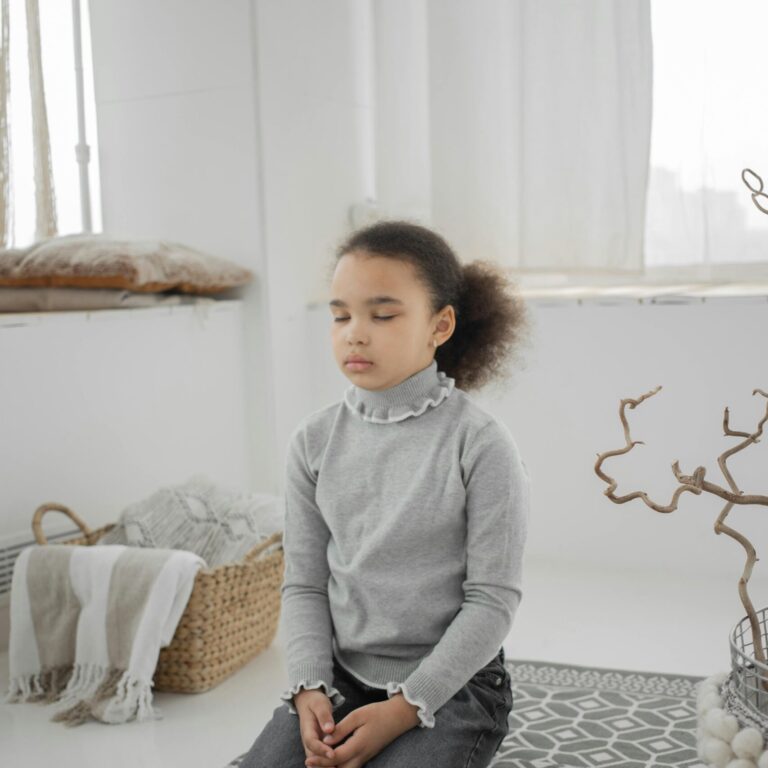Anxiety
Occasional anxiety is a normal part of life for children, teens, and adults. No matter how old, people often worry about work or school, money, friendships, or family problems. For children with an anxiety disorder, the feelings of nervousness, dread, and worry created by anxiety tend to persist over time and across settings. Clinical anxiety can make functioning in daily life extremely challenging at home and school. There are multiple types of anxiety disorders, including generalized anxiety disorder, panic disorder, social anxiety disorder, separation anxiety disorder, and other phobia-related disorders. Outside of pervasive nervousness, worry, and dread, anxiety can look like defiance, difficulty adjusting to change, outbursts of anger or crying, somatic symptoms (e.g., tension headaches, stomachaches), and feeling restless or tense in children and teens. Other symptoms include difficulty focusing, irritability, and sensitivity. Avoidance and/or drops in grades may also occur.
Diagnosis of anxiety requires a qualified mental health professional to gather information about the child, their behavior, and environment. Evaluations include a combination of in-office testing procedures; questionnaires completed by parents, teachers, and children; and clinical observations. Diagnostic evaluations not only help the parents and teachers of a child with anxiety better characterize that child’s difficulties, but they also can help the child more clearly and accurately understand their own personal strengths. Recognizing symptoms of anxiety and seeking help early will lead to better outcomes for both affected children and their families.
The type, duration, and frequency of supports will vary depending on each child and their needs. Evidence-based supports include school-based Individualized Education Programs(IEPs) or 504 Plans that provide the child or adolescent with needed modifications or accommodations. Often anxious children and teens benefit from having a safe adult to speak with at school, time with a mental health provider to teach coping and mindfulness skills, and a menu of coping skill options to use during the school day (e.g., deep breathing, fidgets).
Regarding academics, providing extended time, reducing workload, and offering a separate space for testing can help children and teens. Sometimes, children will need time with a special education provider to close any academic knowledge or skill gaps. In cases of school refusal or severe anxiety, alternate options for schooling may be appropriate (e.g., online school, private or charter schools with small class sizes). Outside therapy with a trained mental health provider is recommended. Cognitive Behavioral Therapy, Exposure and Response Prevention Therapy, and family therapy are appropriate treatment modalities, as are play therapy and expressive therapies, such as art therapy.
Explore the types of therapy provided at WCP. Research suggests that coupling interventions such as those outlined above with medication optimize outcomes for children with anxiety when necessary. Although including medication is always the caregiver’s decision, in many cases medication can give the brain the “boost” it needs to better learn and apply the skills gleaned in other interventions. Speaking with a child psychiatrist, pediatrician, or other trained healthcare provider is essential for deciding the best type and dose of medication.
Other posts about anxiety can be found on the WCP blog.

